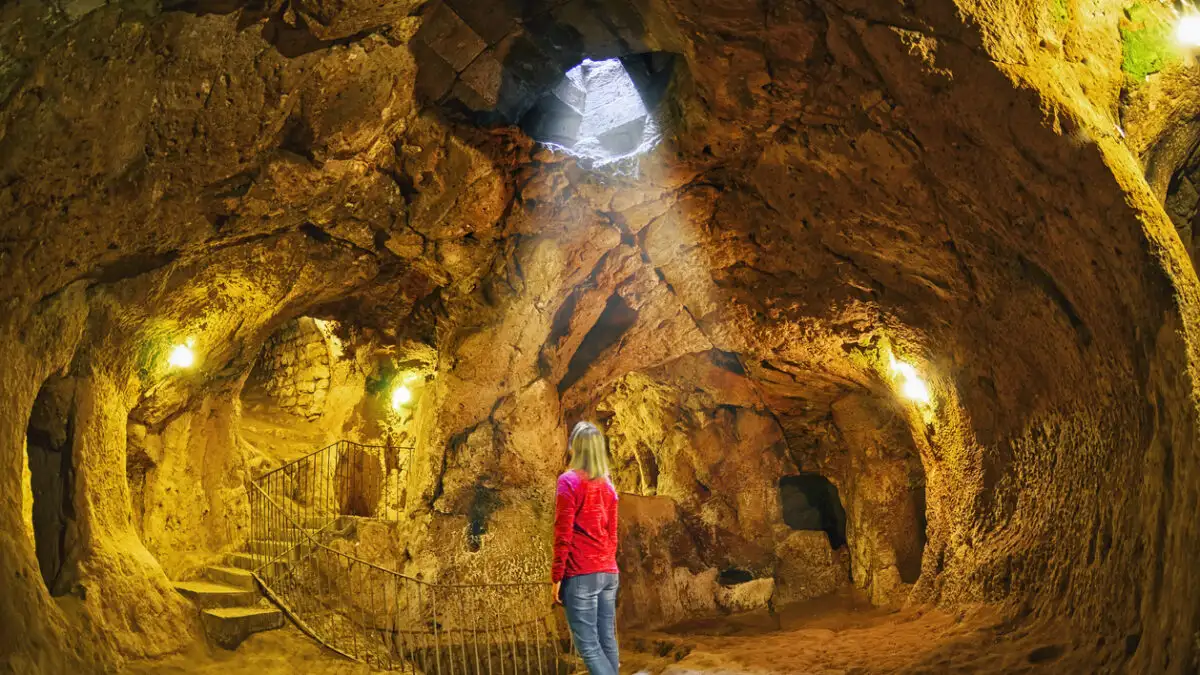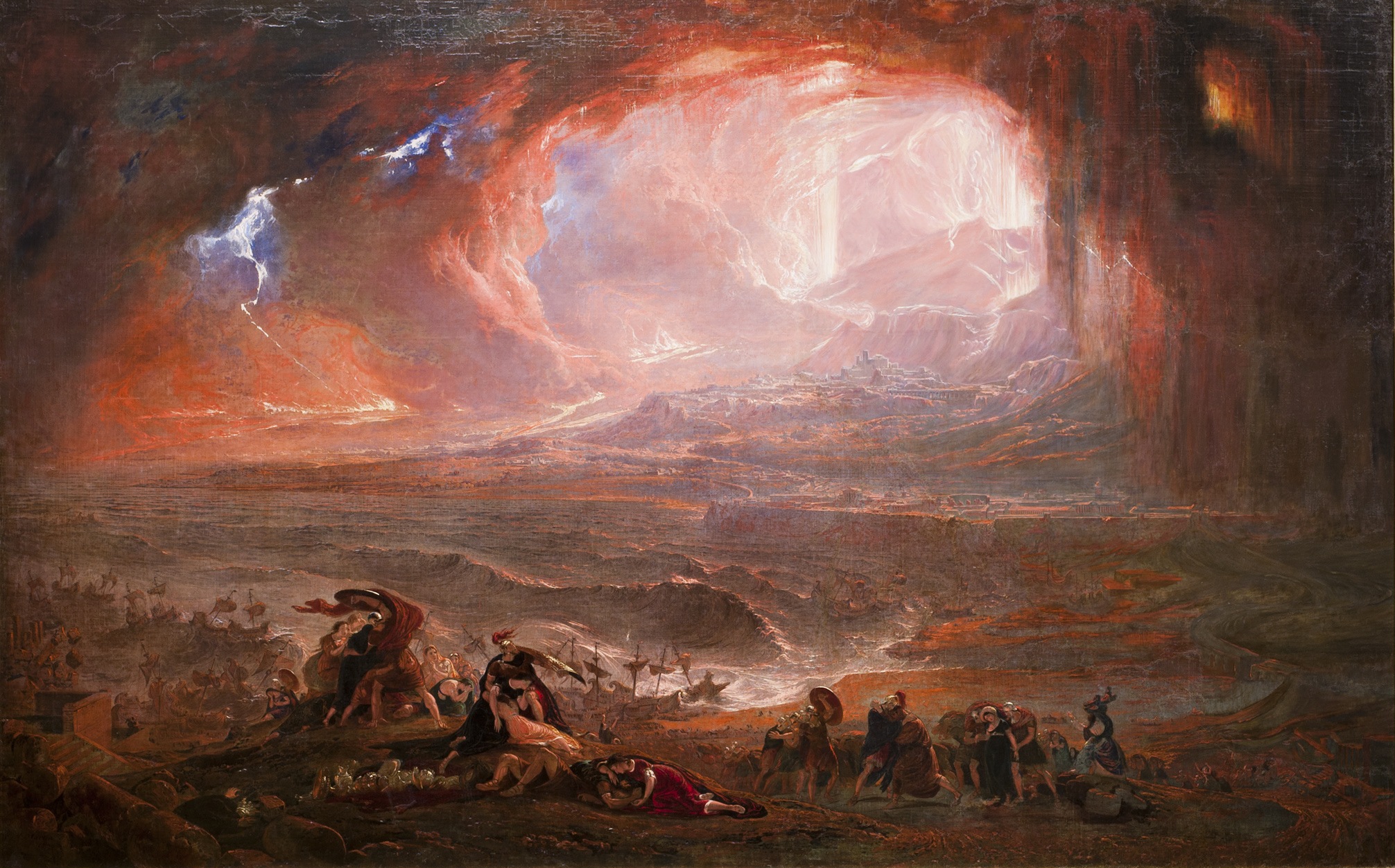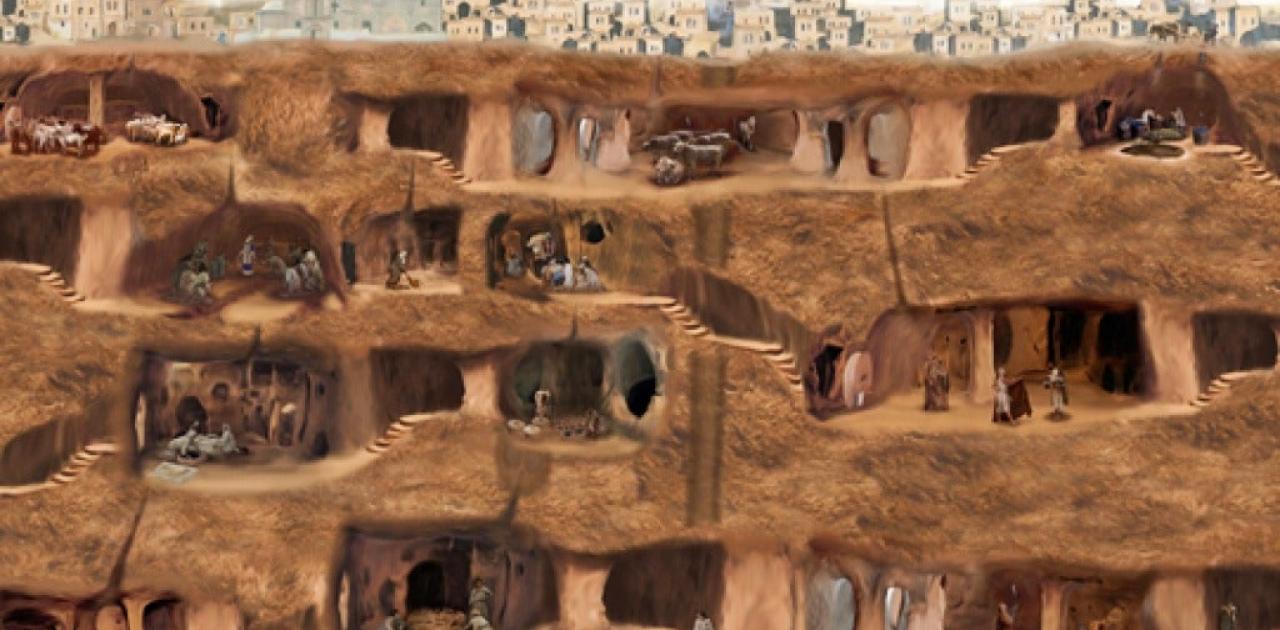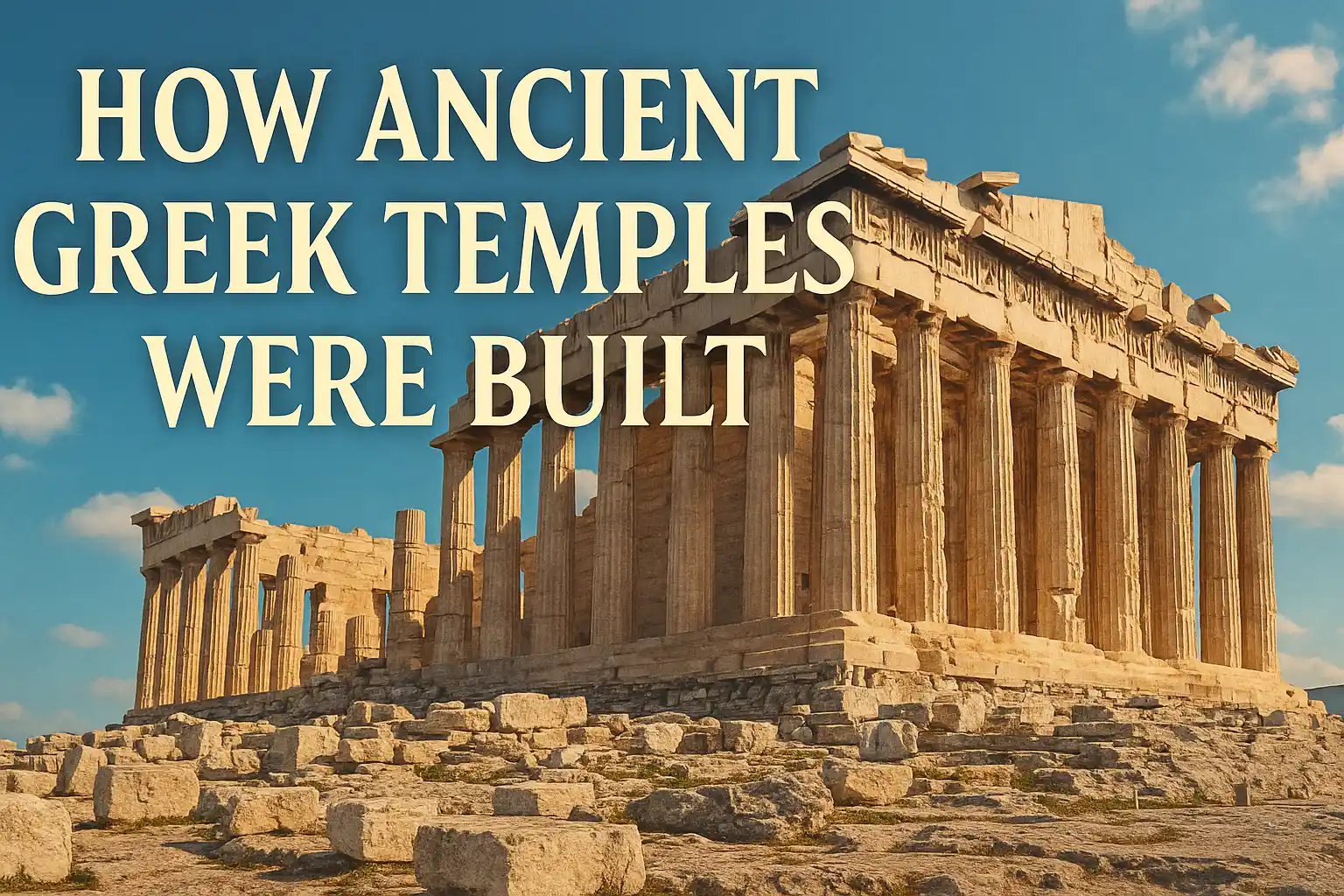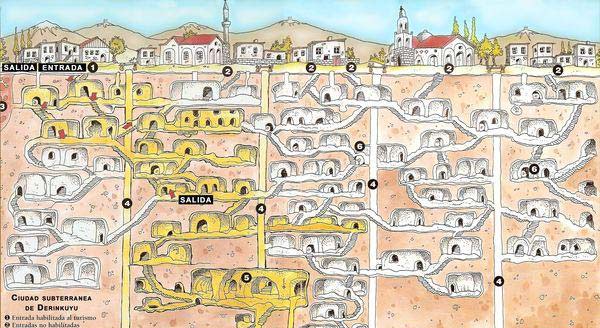Beneath the haunting volcanic landscapes of central Turkey lies one of the most extraordinary architectural feats of the ancient world—a city carved not into the land, but under it. Known today as Derinkuyu, the site was once called Malakopi, a mysterious settlement that evolved into the deepest and most expansive Cappadocia subterranean city ever discovered. This intricate underground metropolis could house thousands of people, protect them from invasion, and provide a full-functioning life completely hidden beneath the surface.
With its maze of tunnels, air shafts, stables, wineries, kitchens, and even churches, Malakopi reveals not only how ancient communities adapted to hostile environments, but how they designed a society literally beneath the ground. The Cappadocia subterranean city remains an engineering marvel and a window into human ingenuity and resilience.
The Geological Canvas: Why Build Underground?
Cappadocia’s surreal landscape of fairy chimneys, cone-shaped rocks, and volcanic towers is a result of thousands of years of erosion acting upon soft tuff, a porous volcanic stone. This unique geological feature made the region ideal for carving out elaborate cave homes, churches, and, eventually, entire underground cities.
While surface life was always present, the increasing threat of raids and political instability during the Roman, Byzantine, and early Islamic periods pushed many Cappadocian communities to build downwards. These subterranean cities provided refuge from warfare, religious persecution, and extreme climate conditions.
Malakopi became one of the most complex of these underground labyrinths, capable of housing up to 20,000 people across multiple levels.
Discovery and Historical Background of Malakopi
Though locals in the region always knew of its existence, Malakopi (modern Derinkuyu) remained largely unexamined until the 1960s, when a resident reportedly knocked down a wall in his basement and found a passageway that led to a vast underground complex. Archaeologists quickly identified the site as the ancient Greek settlement of Malakopi, later renamed Derinkuyu.
Historical records suggest the city had Greek Christian roots before the population exchange between Greece and Turkey in the 1920s. Earlier still, it’s believed the first caves may have been dug during the Hittite period (1600–1200 BCE) and later expanded by early Christians escaping Roman persecution.
The Architecture of Survival
The architectural design of the Cappadocia subterranean city of Malakopi is nothing short of astounding. The city spans 18 levels, although only 8 are currently open to the public. These levels descend over 85 meters (nearly 280 feet) and are connected by narrow, steep tunnels designed to be easily defensible in case of attack.
Key structural features include:
-
Rolling stone doors (up to 500 kg) that could be sealed from inside
-
Air ventilation shafts doubling as escape routes
-
Underground stables and granaries for long-term siege survival
-
Living quarters, kitchens, and schools
-
Chapels and baptismal chambers carved directly into rock
-
Communication tunnels linking to other cities like Kaymakli and Özkonak
The design of Malakopi wasn’t just practical—it reflected a deep understanding of airflow, crowd control, and sustainable living in total darkness.
Daily Life in an Underground Metropolis
Though survival was the driving motive, life in Malakopi was far from primitive. The Cappadocia subterranean city contained all the infrastructure needed for extended habitation.
-
Water Supply: A series of wells ensured fresh drinking water, with some connected directly to the surface while others remained sealed off to prevent contamination in case of invasion.
-
Food Storage: Cool underground temperatures helped preserve grains, fruits, and wine.
-
Religious Spaces: Several chapels and altars reflect the Christian identity of many of the residents, including carved-out pulpits and baptismal fonts.
-
Education and Family Life: School rooms with bench-lined walls and individual cells indicate a focus on education and community structure.
-
Economic Activity: Artifacts suggest that artisans worked underground, including potters and possibly scribes.
Despite the lack of sunlight and open air, Malakopi was designed to foster a surprisingly normal way of life—completely removed from the surface world.
Defense and Security Design
What sets the Cappadocia subterranean city apart from simple cave dwellings is its sophisticated defense system. The city was essentially a fortress beneath the soil.
-
Chokepoints and narrow passages made it difficult for intruders to advance
-
Trapdoors and false tunnels allowed defenders to control movement
-
Ventilation shafts could be sealed off or used to smoke out attackers
-
Stone wheels as doors ensured complete lockdown of entire levels
The architecture made Malakopi nearly impregnable, even to well-equipped invading armies. These features allowed residents to survive sieges lasting months, if not longer.
A Network Beneath the Earth
Malakopi was not an isolated marvel—it was part of a larger network of interconnected subterranean settlements. Narrow passageways and tunnels stretched for miles, linking over 200 known underground cities in Cappadocia.
One of the most famous connections is between Malakopi and Kaymakli, another major underground city located about 9 kilometers away. Archaeologists believe that in times of emergency, thousands of people could evacuate one city and reach another via this secret tunnel system.
These networks hint at a larger, regional defense strategy and a culture of underground migration, unique in the ancient world.
Archaeological Research and Preservation
Since its official discovery, Malakopi has attracted significant academic attention. Scholars from the Archaeological Institute of America and institutions like Stanford University have explored the site’s religious, military, and socio-political context.
Advanced 3D mapping and sonar technology have recently uncovered deeper, more dangerous levels that remain closed to the public due to safety concerns. These areas are believed to contain burial chambers, storage for weapons, and even larger communal spaces.
To protect this delicate ecosystem, Turkish authorities work closely with UNESCO and the Turkish Ministry of Culture to manage tourism and limit excavation impact.
For in-depth exploration, see the Smithsonian Magazine’s feature on Derinkuyu, which provides expert analysis and field images.
Malakopi in the Modern Imagination
The mystique surrounding Cappadocia’s subterranean cities has led to numerous references in popular culture—from sci-fi shows to fantasy novels. Derinkuyu (Malakopi) in particular has been featured in:
-
National Geographic documentaries
-
Historical thrillers like The Historian by Elizabeth Kostova
-
Netflix shows exploring ancient engineering
-
Speculative theories about early extraterrestrial contact (popularized by Erich von Däniken)
While many of these ideas are fanciful, they highlight the deep fascination modern societies have with the idea of secret cities beneath our feet.
Visiting Malakopi Today
Today, Derinkuyu is open to tourists year-round and is one of the most visited sites in the region. Narrow stairwells lead down through the city’s layers, with interpretive signs and lighting guiding visitors through kitchens, altars, wine presses, and more.
Travelers are advised to wear comfortable shoes, bring water, and prepare for narrow, humid conditions. The descent can be physically demanding, but the experience of standing in a 2,000-year-old underground city is utterly unforgettable.
Nearby, travelers can also explore:
-
The open-air museum in Göreme
-
The Uçhisar Castle rock fortress
-
The underground cities of Kaymakli and Mazı
For travel details, check with Turkey’s official tourism board.
Conclusion: A Testament to Human Adaptation
Malakopi is far more than a historic oddity—it is a symbol of human resilience, adaptability, and architectural genius. The Cappadocia subterranean city remains an unparalleled site in global archaeology, reminding us that the search for safety and community can take the most remarkable shapes.
Whether built to escape persecution, survive war, or thrive in the harsh environment of Anatolia, Malakopi is a city that teaches us how much can be accomplished when survival and imagination come together beneath the surface.
❓FAQ
Q1: What is Malakopi?
Malakopi, now known as Derinkuyu, is an ancient subterranean city in Cappadocia, Turkey, capable of housing up to 20,000 people.
Q2: How old is the Cappadocia subterranean city of Malakopi?
It likely originated in the Hittite period (~1600 BCE) and was expanded by early Christians during Roman and Byzantine eras.
Q3: Why did ancient people live underground in Cappadocia?
To protect themselves from invasions, religious persecution, and harsh climates. Underground cities offered refuge, safety, and sustainable living.
Q4: What features did Malakopi include?
It had stables, kitchens, living quarters, churches, schools, and defense systems like rolling stone doors and trap tunnels.
Q5: Are there other subterranean cities in Cappadocia?
Yes, over 200 have been identified, including Kaymakli, Özkonak, and Mazı—all connected by tunnels and used similarly.
Q6: Can I visit Malakopi (Derinkuyu) today?
Yes, it’s open to tourists. Multiple levels are accessible, though deeper areas remain closed for safety.
Q7: How does it compare to modern architecture?
Its integration of form, function, and defense mechanisms rivals even today’s smart city planning.

